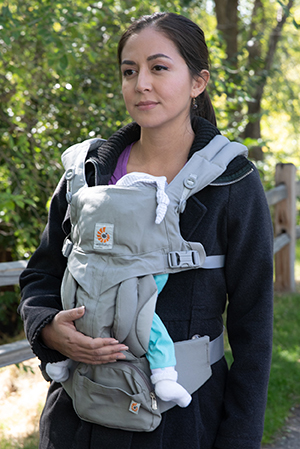What are the crying patterns of a newborn?
The first cries of a newborn baby are often music to parents’ ears. But over the next weeks and months, this sound can become grating and painful. This is especially true when all attempts fail to stop the crying.
Surprisingly, crying may not produce tears until after 1 or 2 months. Crying is the way babies communicate. Babies cry because of hunger, discomfort, frustration, tiredness, and even loneliness. Sometimes, cries can easily be answered with cuddling, food, or a diaper change. Other times, it can be a mystery and crying stops as quickly as it starts.
You will soon learn differences in your baby’s cries, from a cry of "I'm hungry" to "I've been overstimulated." It’s important to respond to your baby's cries. Contrary to some beliefs, young babies can’t be spoiled by being picked up when crying. Being held is reassuring and comforting. Babies don’t seem to know that they are separate individuals from their mothers until about 6 months of age.
Some ways to help calm a crying baby include the following:
-
Take care of physical problems first (hunger, diaper change, burping, cooling, or warming the baby).
-
Walk with your baby in a sling or in a stroller.
-
Rock your baby in a rhythmic, gentle motion.
-
Try a baby swing or rocking cradle.
-
Gently pat or stroke your baby’s back or chest.
-
Swaddle your baby with a light blanket. Make sure this is no higher than the baby’s armpit level. Be sure your baby has at least one hand free to suck on and can flex arms and legs. Make sure your baby doesn’t get too hot when swaddled. Don’t swaddle older babies, who can turn over onto their stomachs.
-
Go for a ride in the car.
-
Turn on some white noise (such as a washing machine or vacuum cleaner).
-
Make shushing sounds for the baby.
-
Offer a pacifier to a bottle-feeding baby.
-
Nurse a breastfeeding baby (it isn't possible to overfeed at the breast)
Note: No matter how frustrated you may become, never shake, hit, or throw your baby . This can cause severe injury to your baby's fragile brain that can cause lifelong disabilities. If you get angry or frustrated, let someone else take over for a while. If you are alone, put your baby down in a safe place, such as the crib, and go to another room for a few moments. This will give you time to calm yourself. Then you can return to your baby and try a different way to comfort your baby.
Featured in


